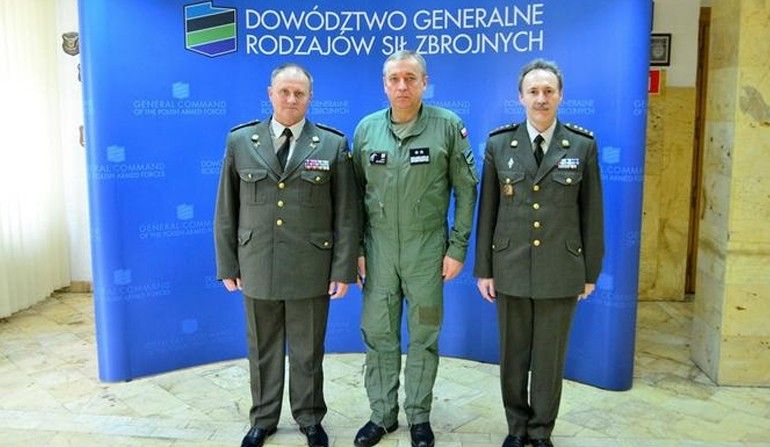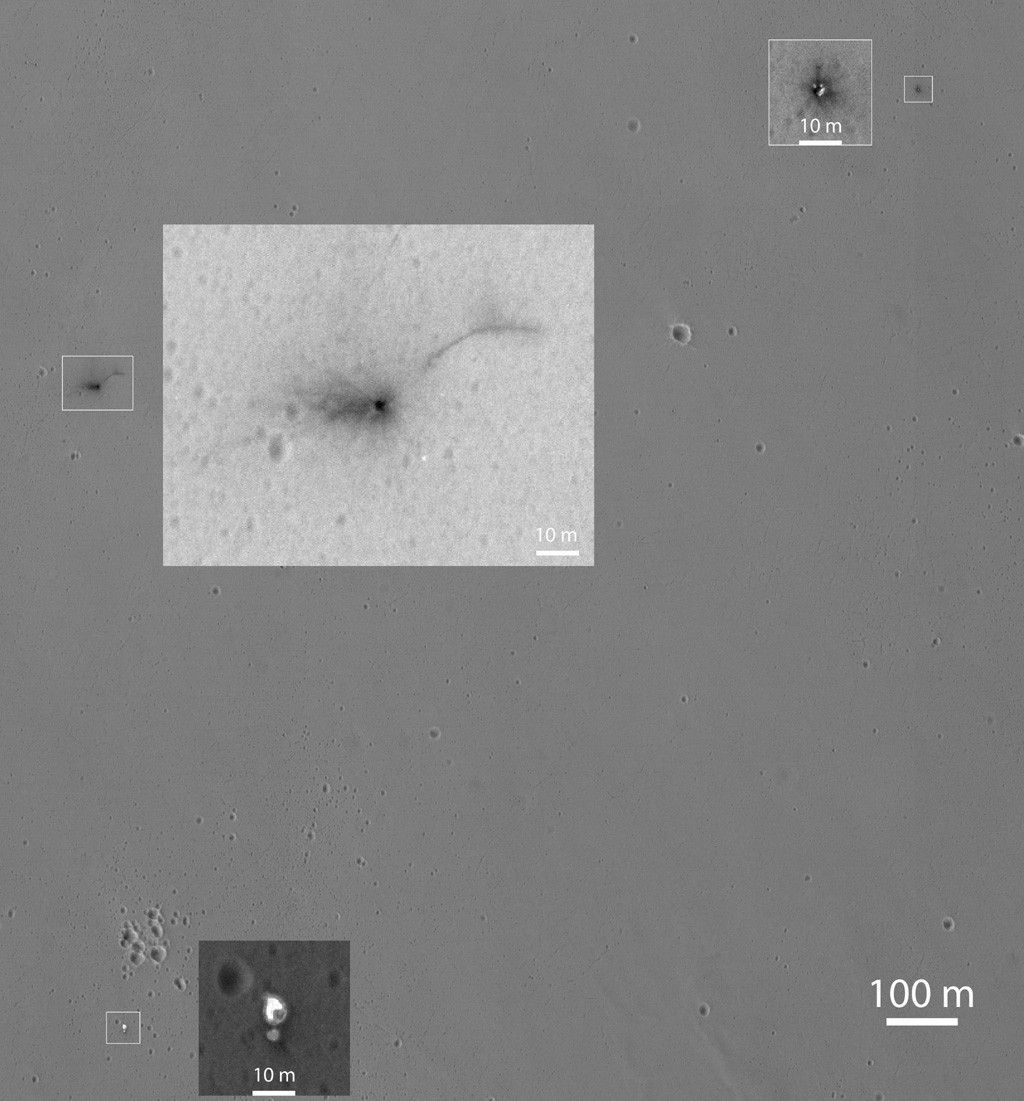Industry
Polish Support Weapons for the Tytan Infantry Combat System
Tytan infantry combat system (“future soldier system”) comprises of numerous elements, with armament playing the key role within the scope of combat capabilities offered by the suite. MSBS firearms system is going to constitute the foundation for the whole package. Modular 5.56 mm rifles will not be sufficient though, as support weapons would be required to complement the core armament, even at the lowest levels – also in the squad/team-sized elements. Proposals within that scope have already been prepared by the PGZ companies.
“TYTAN Advanced Individual Combat System” programme assumes that the Polish soldiers will be using Polish weaponry, based on the latest, state of the art technologies. The latest designs by Fabryka Broni “Łucznik” Radom (“Archer” Radom Firearms Factory) would become the basis for the suite, including the following weaponry: MSBS 5.56 mm Modular Firearms System along with a new PR-15 Ragun 9 mm automatic pistol.
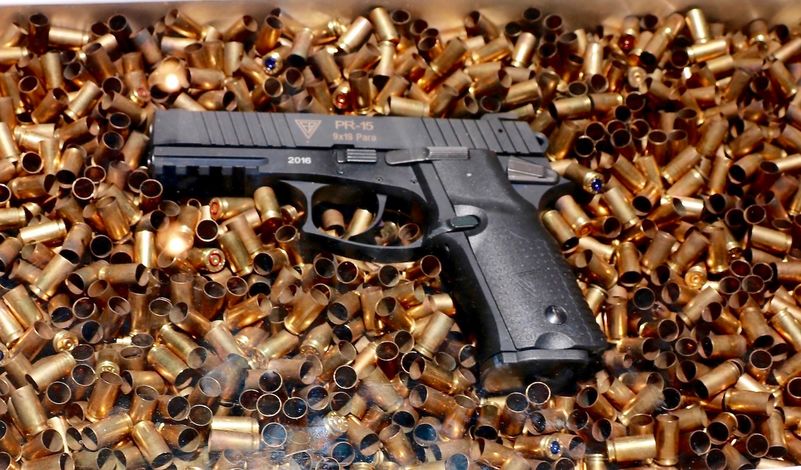
This tandem is going to be complemented by support weaponry, destined to be used as a measure for execution of the specifically selected tasks, including grenade launchers, multiple and anti tank grenade launchers, hand grenades, machine guns, sniper rifles or mortars. Within the aforesaid array of categories, PGZ has a relevant manufacturing potential at its disposal, indispensable for provision of proper products. Most of those products are already being offered by companies belonging to the group, ZM Tarnów, Mesko and Dezamet to begin with. Some of the elements of the support weaponry, including the 40 mm Grenade Launchers, anti tank grenade launchers, machine guns or sniper rifles, should be available even at the lowest level of the unit structure, also at the squad/platoon level.
40 mm Grenade Launchers
Grenade launchers constitute a light and functional armament system, making it possible to significantly enhance the firepower potential which remains at disposal of an infantry element. Not only does the available ammunition inventory include conventional fragmentation rounds, as tear gas, smoke and signal grenades are also readily available. Moreover, reconnaissance measures, such as cameras on parachutes, which are being developed at the moment, could also be launched from a grenade launcher, providing the user with relevant reconnaissance data in real time. For the NATO forces, 40 mm ammunition is a standard solution. In Poland it is being manufactured by the Dezamet facility.
The MSBS modular weapon system utilizes a modern 40 mm grenade launcher capable of being used with the standard NATO rounds, including the grenades manufactured by the Dezamet company belonging to the PGZ, in a variety of versions. MSBS grenade launcher is original, when it comes to its shape and design. Its weight is limited to only 1 kilogram. The trigger is located close to the end of the barrel, while additional button close to the trigger allows the user to open the launcher for loading. In general, the launcher is reminiscent of the Magpul AFG front grip, it is also designed quite well within the scope of its ergonomics.
Besides the under-slung grenade launcher, other systems are also being developed. ZM Tarnów, back in 2007, began its research and development works concerning the RGP-40 multiple grenade launcher. As it is being stressed by the representatives of the Tarnów-based company, RGP-40 has been designed for being used with a variety of ammo types. The launcher is also to be operated by a single soldier.
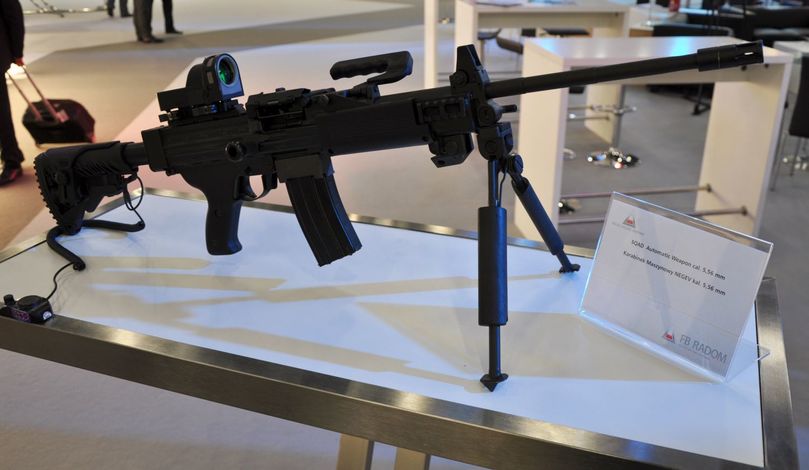
RGP-40 portable multiple grenade launcher provides the user with more firepower, in comparison with its single shot 40 mm variety, while covering fire with the use of the loaded ammunition may cover an area of even 600 square meters. RGP-40 may be used to shoot 2 thousand grenades, without any deterioration of its parameters. The practical achievable rate of fire is defined as 12 shots per minute. The weapon in question utilizes low and medium velocity 40×46 mm NATO grenades, with effective ranges of 400 and 800 meters respectively. According to the manufacturer, the weapon is especially usable in the urbanized areas, when precision is equally important as the firepower.
Sniper Rifles
Sniper rifle may be used for the purpose of eliminating key targets, non-armoured targets and light armoured vehicles. The MSBS system includes a sniper rifle, however due to the 5.56 calibre, the weapon is only going to be suitable and effective within a limited scope of use. Thus, ZM Tarnów facility, within the Tytan system, offers a family of sniper rifles utilizing .50 BMG, 7.62 mm NATO and .338 Lapua Magnum ammunition.
One of the rifles hailing from the Alex family is an optimal weapon to be used in the Tytan system. It was proposed that Alex-338 rifle is used, utilizing the .338 Lapua round. The ammunition of this type has better ballistic properties if compared with the 7.62×51 mm NATO round, which is not significantly lighter. .338 Lapua Magnum calibre is characterized by doubled bullet kinetic energy (6700 joules), as compared to the standard NATO round (3800 joules), with insignificant weight increase (only 400 grains). Thanks to the above differences, bullets shot from the Alex-338 rifle at the distance of 300 meters are able to penetrate 20 mm steel plates. The rifle may be used to act against equipment, light armoured vehicles or enemy infantry staying behind covers.
Moreover, sniper rifles of that calibre may be used effectively at distances beyond 1500 meters. With the use of this ammunition, coupled with the L115A3 weapon, Craig Harrison, one of the British snipers, killed, back in 2009, two Taliban insurgents in Afghanistan, shooting at the distance of 2475 meters which is officially considered to be the longest shot ever taken.
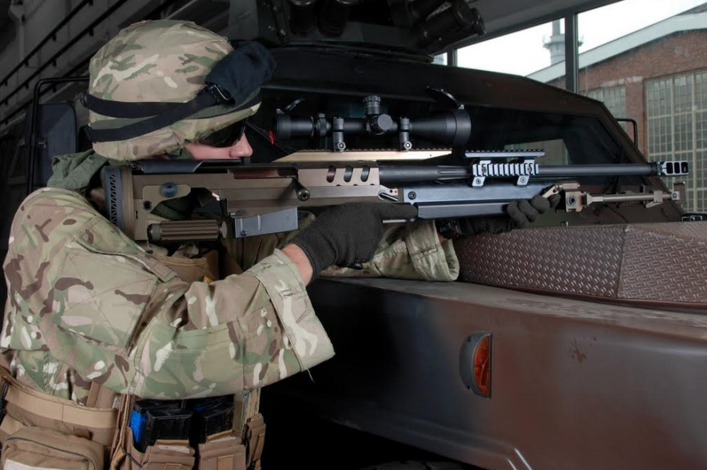
Alex-338, similarly as the Alex-762 rifle using the 7.62 NATO rounds, uses a barrel with a length of 660 millimetres. Its weight, without the optical sight, is 6.5 kilograms, and with the optic it weighs 7.3 kilograms, only 400 grams more than the BOR rifle, using the 7.62 mm ammo. The weapon is a bull-pup design, where the magazine, as well as the bolt section, are both placed behind the weapon’s trigger and grip, which makes it possible to use a longer barrel, with unchanged length of the whole weapon. Alex is a repeating rifle, fed from a 5-rounds magazine.
As compared to the previous designs, such as Bor (Alex-762 used by the Polish Army), the firearm has also been altered when it comes to its ergonomics. The sight rail has been lowered, magazine locking mechanism button enlarged, trigger section and body shapes were changed as both these elements have been tailored to accommodate extra rail for accessories, e.g. a night vision extension for the sight. The weapon features an integrated bipod and rear support, which makes it easier for the shooter to assume an optimal position.
It should be remembered that besides the standard sniper rifles, such as the Alex-338 system proposed within the Tytan programme, anti material rifles are equally important, for the purpose of acting against the enemy vehicles and personnel at distances which exceed 1000 meters. The Polish Army already utilizes the Tor rifles within that scope, manufactured by ZM Tarnów. Tor is the weapon which is expected to become a part of the Tytan system too.
Machine Gun – Squad Support Weapon
Machine guns are the basic support weapons at the squad level. In case of the Tytan programme, several alternatives or complementary solutions are being scrutinized. The basic proposal within that scope assumes that UKM-2000M 7.62×51 mm NATO machine gun is going to become such weapon. The gun in question is being manufactured by ZM Tarnów. 7.62 mm UKM-2000 General Purpose Machine Gun’s role is to act against the enemy’s infantry, equipment and weaponry in any area and weather conditions, during the day and at night, at distances of up to 1500 meters, with rate of fire of 700-850 RPM.
The M variant has been created as a modernized version of the aforesaid gun, on the basis of the operational experience gathered during the deployments in Afghanistan and Iraq. The most evident changes include introduction of the Picatinny rails, both on receiver cover, as well as on the gas tube. The above makes it possible to utilize a variety of sights and other equipment. The stock has also been changed – now it is folded onto the left side of the gun. It is applied in an adjustable, semi-open variant. The metal case for the ammunition belt has been replaced with a textile bag, which is much more comfortable to use. The loading procedure pertaining the new variant of the weapon is also easier, as a new mechanism which prevents the ammunition belt from “going back”, along with a belt retainer, have been applied. The above developments make it possible to load the weapon, without opening the receiver cover.
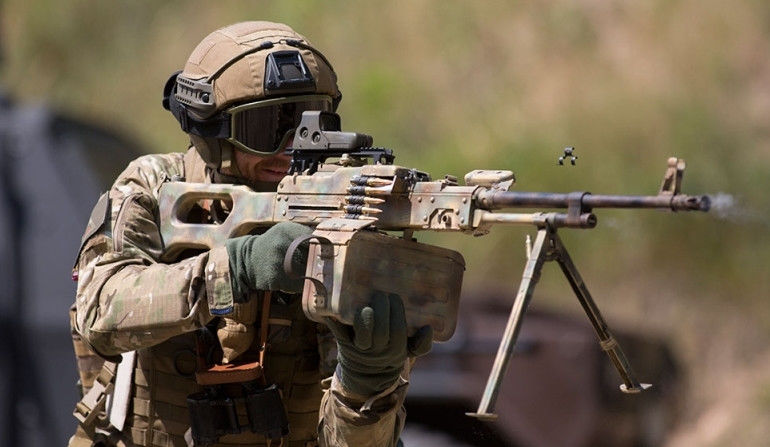
Another change which meets the expectations of the user is visible in a much more efficient muzzle brake, including a flash guard which limits down the flash during shooting, making it more difficult to detect the firing position where the UKM-2000P is located. Stability of the weapon has been improved. The recoil has been reduced, thanks to the fact that a recoil shock absorber designed by ZM Tarnów has been implemented in the gun. The new variant is tailored to operations within a temperature range between -30 and +50 degrees centigrade, meaning that the gun would be realistically effective in any operating conditions. Modified UKM-200M weighs more than 8 kilograms.
7.62 mm machine guns require two persons for operation, mobility of such weapon is limited, and weight is high – it is a gun which is effective when used to defend vehicles and stationary positions. Urban combat, which is so frequent in the contemporary warfare, requires a complementary, lighter system which would deliver significant firepower at the same time. Hence, numerous experts say that there is a need to introduce a 5.56 mm machine gun, similar to the popular FN Minimi SAW or Russian RPK-74 or RPK-16 guns.
Within the framework of the MSBS programme, it is expected that such gun, 5.56 mm squad automatic weapon, would be developed in the future, however, this is not a priority solution. Back in 2013, Radom “Łucznik” facility showcased, among other systems, the Israeli made Negev machine gun. It is a track-proven 5.56 mm weapon which may be belt fed, or which may use the standard issue magazines. The gun features a folding stock and a bipod, along with the Picatinny rail for mounting the optics. Negev machine gun’s basic variant weighs 7.6 kilograms. Should this weapon be introduced into the arsenal, it would be co-produced by the Radom-based FB “Łucznik” factory which would make a contribution of around 30% to the production process.
Precision Strikes
Within the contemporary battlefield, no individual weapon would be effective without proper means to aim it and observe the potential targets. Hence, optronic systems are being widely applied for the purpose of observing, detecting and neutralizing the potential threats. These components of the Tytan system are to be supplied by the PCO S.A company from Warsaw. The devices include, among other systems, SCT Rubin thermal vision sight, miniaturized MU-3M night vision monocular which may be coupled with the Rubin sight or with its successor – the SCT-2 device. However, MU-3M may also be used as a helmet mounted display, for visualizing the key information in real time.

Thanks to the fact that a universal MIL-STD 1913 compliant mount is used in case of the aforesaid devices, they may be coupled with any modern firearm fitted with the Picatinny rail. The scope may be installed on the MSBS 5.56 mm carbine, .50-cal Tor or Alex 8.6 mm sniper rifles, or on the 7.62 mm UKM 2000 machine gun. The device also stores settings for several types of weapons and ammunition. After the user enters the distance to target setting into the scope, which is defined in 50 meters increment, the crosshair would be displayed in a position which takes into account the weapon’s individual ballistic profile. This makes it easier to use the system, and increases the accuracy significantly.
The above article constitutes a review of the inventory which may be used by a small element, however, it does not exhaust the issue related to the heavier support weapons. Tytan may also include a number of other specialized items of equipment and armament, such as the LM-60 mortars, Spike and Pirat ATGM launchers, or Grom/Piorun MANPADS. It shall also be noted that shape of the solutions implemented within the framework of the Tytan programme would also bear significant relevance, in relation to other modernization initiatives that are being worked on by the Polish Army. For example, the parameters of the troop compartments of the armoured vehicles shall make it possible for fully equipped soldiers to comfortably operate from such platforms.
Moreover, modern anti-tank weaponry should also become a significant element of the Tytan suite, however, a suitable solution within that scope shall be indicated by the Polish Army. The new launchers should be capable of destroying both armoured targets (also covered by ERA), as well as fortified points. Thus, acquisition of several systems could also be considered: a heavier one, utilizing a tandem warhead or other solution making it possible to penetrate reactive armour, and a lighter one, with a variety of warheads, including fragmentation or fuel-air explosive warhead designs. Once a proper system is selected, technology transfer should be taken care of, so that operational sovereignty is obtained, along with a capability to manufacture and develop this armament autonomously and domestically, since vast quantities of such systems would be operated.

